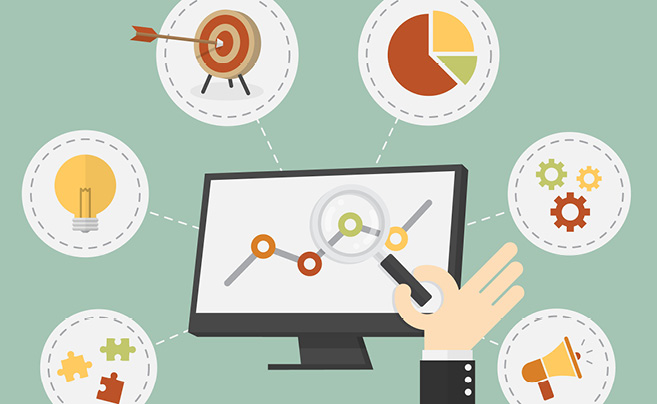A recent Forbes Insights survey revealed that Big Data and analytics had a significant, measurable impact on revenues for two-thirds of respondents.This means organisations not currently embracing data analytics may be left behind. However, for many organisations the biggest challenge is knowing where to start, according to Teradata.
Companies need to start by taking a look at their current level of analytics maturity, and then compare it to the competition and other market sectors. This is important, because the more mature the organisation is at using analytics to interpret data, the better it will become at tackling tough decisions to keep the business performing well.
The emphasis is not just on how to better collect and analyse data. It’s more important to explore how these resources can drive organisational change.
For data to be useful, it must tell a story. To decide where to focus data and analytics resources, companies should ask six questions:
- What current challenges are the business facing?
- What is the value of addressing each challenge?
- What data is needed?
- What analytics are required?
- How complex is the work to develop the required analytical insight?
- Is the subject matter expertise available?
The answers should be mapped to a matrix with one axis being ‘expected value’ and the other being ‘level of difficulty’. This will illustrate where the organisation should focus its resources.
To do this exercise effectively requires the insight of data owners, IT infrastructure experts, and functional business leaders who can identify the ways in which data can improve performance. The combined expertise will shape how the data is used. Importantly, organisations must let the data tell the story, and not be prejudiced by any preconceptions of what might be causing the business issues in question.
Once they get started, many companies make the mistake of moving too fast, particularly when they begin to understand the scale of opportunity offered by analytics. However, it is crucial to set priorities based on key business objectives, and then ensure those goals are achievable given the data and analytics skillsets currently in place.
This exercise will give the organisation a clear roadmap. They can see which projects they can address immediately because they are both valuable and achievable, and which they should schedule after addressing data, analytics, or skills gaps.







